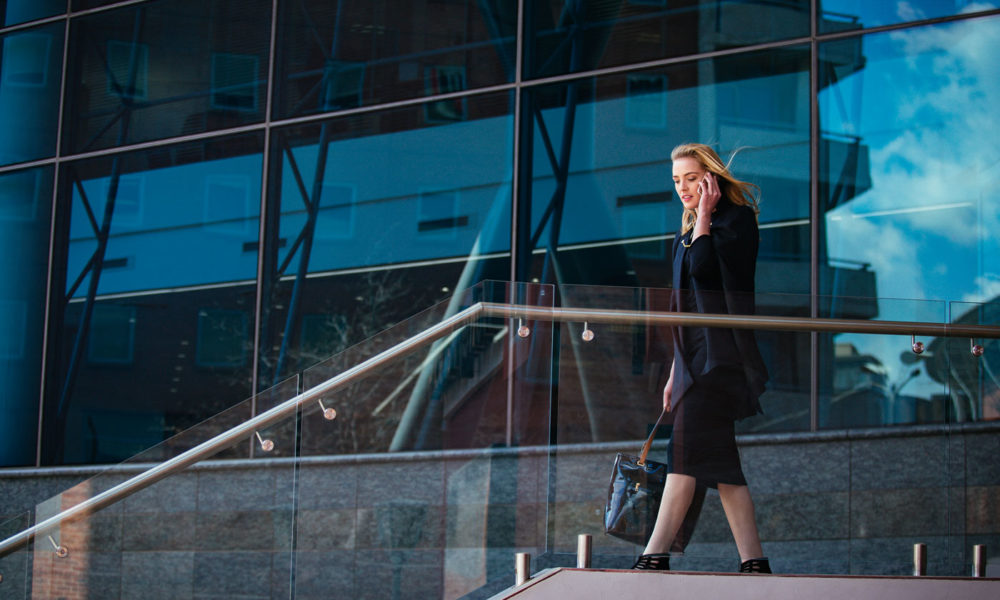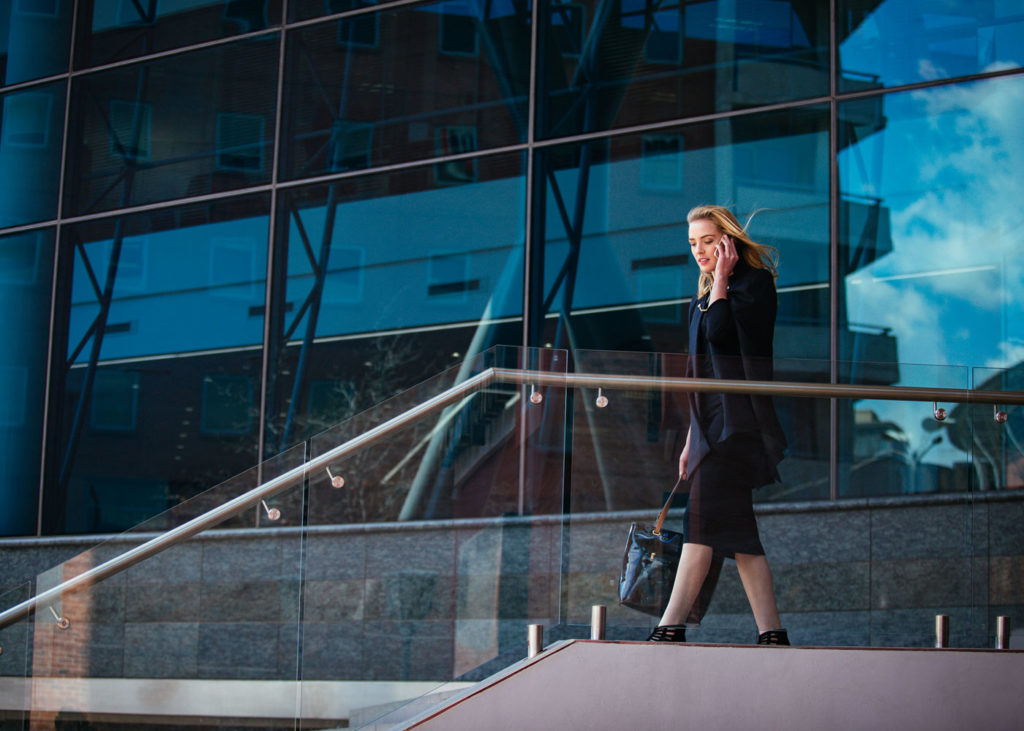Mixed-use developments are a relatively new phenomenon here in South Africa, but globally they’ve been trending for many years.
Throughout history, cities have grown around amenities – town halls, banks, hospitals, libraries, the local butcher, and the like. Ultimately, we crave convenience.
People typically prefer to live near to work and travel shorter distances to recreational spots. With cities expanding and suburban areas offering a quieter lifestyle, however, many people have chosen to live further away from central business and urban areas – meaning more travel time.
But travelling by any mode of transportation comes with the cost of fuel, the sacrifice of time, and the resulting negative impact on the environment. Walking, on the other hand, to work, gym and other lifestyle amenities, is the antithesis to this. Not only is it convenient, but boasts health benefits and a significantly reduced impact on the environment.
The issue of safety is another key issue on the minds of South Africans. Crime is a major issue in both central and suburban areas, and many homes are being targeted regardless of security measures in place. One of the most popular features of mixed-use developments is that they offer a safe and secure way of living. Not only is there more security than the average standalone property, but there are always people around – either in offices in the day, or at home in the evening. Residents can quite comfortably go out to a restaurant at night, safe in the knowledge that they can walk home afterwards.
Merge this with environmentally-friendly building techniques and energy-efficient technology incorporated into developments, and the property choice is obvious for those considering the new urbanism lifestyle. This is because the new urbanism trend isn’t only about mixed use, it is also about building sustainably. Everything, from the design of spaces to the choice of building materials in the new urbanism mindset, is focused on reducing the consumption of energy for heating and cooling, and conserving natural resources. It also means that you can live, work and go out to restaurants and bars, all in safe walking distance from one another. New urbanism is simply a modern take on the old village life, where everything was walkable, from your shops, to your work, to your home.
This is part of the reason that the trend has begun to swing to this new way of living in South Africa. There is an increased demand for a safe and convenient lifestyle as the new urbanist nodes gain momentum.
We have seen huge demand for business, retail, and residential properties at Melrose Arch in Johannesburg. So much so, in fact, that we are responding to the demand with One on Whiteley, currently under construction. The new development will also include street-level shops and a Marriott hotel. Over the past decade, the Melrose Arch development has cemented its reputation as South Africa’s most prestigious mixed-use precinct where shops, homes, restaurants, gyms and offices are all in walkable distances.
Developments such as Melrose Arch, Menlyn on Maine in Pretoria, the Waterfront and Century City in Cape Town are prime examples of unparalleled urban living, ideal for working professionals, first-time buyers, property investors and long-stay corporate tenants. This mirrors the movements in other parts of the world, such as Darling Harbour in Sydney and Canary Wharf in London.
The vibrant urban design, cosmopolitan culture, chic shopping and gourmet dining on offer at Melrose Arch will be replicated at Harbour Arch, a new R10 billion development by the Amdec group that’s set to change Cape Town’s skyline. It will create a new urbanism node in the city that connects the Waterfront area with the south end of the City Bowl, drawing local and international visitors from the Cape Town International Convention Centre (CTICC).
Harbour Arch boasts a central recreation area on the eighth floor, known as Central Park, similar to the square and piazza of Melrose Arch, but boasting panoramic views of the mountains, city and harbour. This third space between living and working is where people can meet for coffee or drinks, go shopping, or visit the gym. Harbour Arch will also be home to two Marriott hotels.
Beyond the benefits to the local economy, such as the creation of approximately 2 500 jobs in the first construction phase alone, coupled with long-term jobs in its two hotels, retail and residential spaces, Harbour Arch will incorporate the latest in sustainable technology including LED lighting, low-energy air conditioning, and rainwater and grey-water harvesting. New urbanism developments such as Harbour Arch promise investors healthy returns, with as minimal adverse environmental impacts as possible.
Using sustainable technology also reduces the long-term costs of occupation, in addition to being better for the planet. It ultimately makes for a more attractive proposition for property investors and property funds that are aware of the environmental and social costs of urban development.


